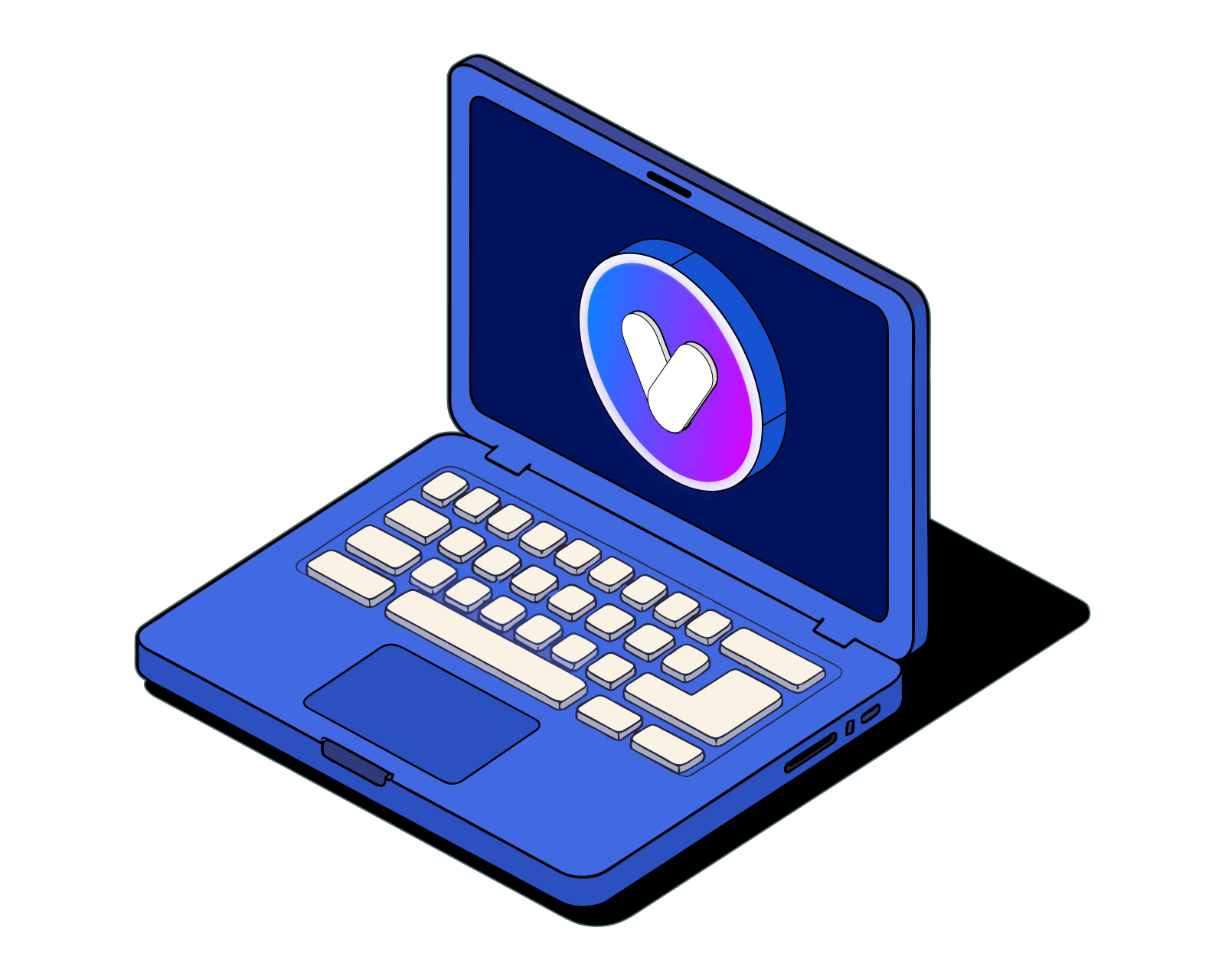What is crypto asset management?

Table of Contents
Asset Management in Legacy Finance
Before crypto there was no practical way to personally manage all of your financial assets. The closest approximation was physically holding all of your assets, such as fiat cash, precious metals, and real estate. You’d have to keep those assets under your bed or in a safe. Almost no one does this for obvious reasons: a) it’s expensive to have the space and equipment to safeguard your wealth yourself b) you lose access to most financial services and products such as electronic payments, stock trading, and borrowing and lending. Most people relinquish full control of their assets because of those drawbacks.
Still, people wish to personally direct where and how to use and invest their assets. With the advent of the internet, there has been a precipitous rise in the percentage of individual investors. This rise of self-directed investors has laid bare basic problems of relying on intermediaries. The actions taken by Robinhood in late January 2021 and the London Metal Exchange in March 2022 both featured centralized exchanges that suspended certain actions to protect themselves. Both cases have attracted the attention of regulators and lawsuits.
This is not true in DeFi. Not only do you retain full control of your assets while not giving up any of the conveniences of modern finance, but you also directly interact with impartial smart contract dApps. There are no intermediaries.
Asset Management in Crypto
It’s important to start with the fact that just because you are using crypto does not mean you are automatically in full control of your cryptoassets. You must be using a self-custodial wallet to do so. If you have purchased your crypto from a centralized exchange (CEX), then you are still relying on a third party to custody your assets.
Read more: What is a self-custodial wallet?
Self-custody limits your exposure to third-party risks, such as insolvency and poor asset management. Recent events in crypto have highlighted the risks of custodial services. Self-custody does not fully eliminate all risks. Such a thing is impossible in this world, but opaque third party risks are essentially eliminated. You still will have some risk from interacting with DeFi DApps, but these risks are transparent and well understood.
Using self-custodial DeFi DApps will also completely eliminate risks of third parties trading against their customers or sacrificing their customer deposits to save themselves.
Cryptoasset management is also a wider category than asset management in traditional markets. Anything that can be tokenized can be managed all from one cryptoasset wallet. This includes cryptocurrencies and digital token assets, such as NFTs. NFTs can represent art, music, video, derivative positions, yield positions, insurance policies, prediction market positions, and in the future might include your social graph for social networking sites, passwords and online credentials.
Traditional financial markets and web2 companies like Google, Facebook, Twitter, and Netflix, have a lot in common. Both control and monetize your money and data.
Crypto asset management changes all of that.
Related guides
Start from here →
Learn the basics of cryptocurrency
Are you new to cryptocurrency? Get a simple introduction and learn why crypto matters.
Read this article →
Learn the basics of cryptocurrency
Are you new to cryptocurrency? Get a simple introduction and learn why crypto matters.
STAY AHEAD IN CRYPTO
Stay ahead in crypto with our weekly newsletter delivering the insights that matter most
Weekly crypto news, curated for you
Actionable insights and educational tips
Updates on products fueling economic freedom
No spam. Unsubscribe anytime.



Start investing safely with the Bitcoin.com Wallet
Over wallets created so far
Everything you need to buy, sell, trade, and invest your Bitcoin and cryptocurrency securely

© 2025 Saint Bitts LLC Bitcoin.com. All rights reserved


